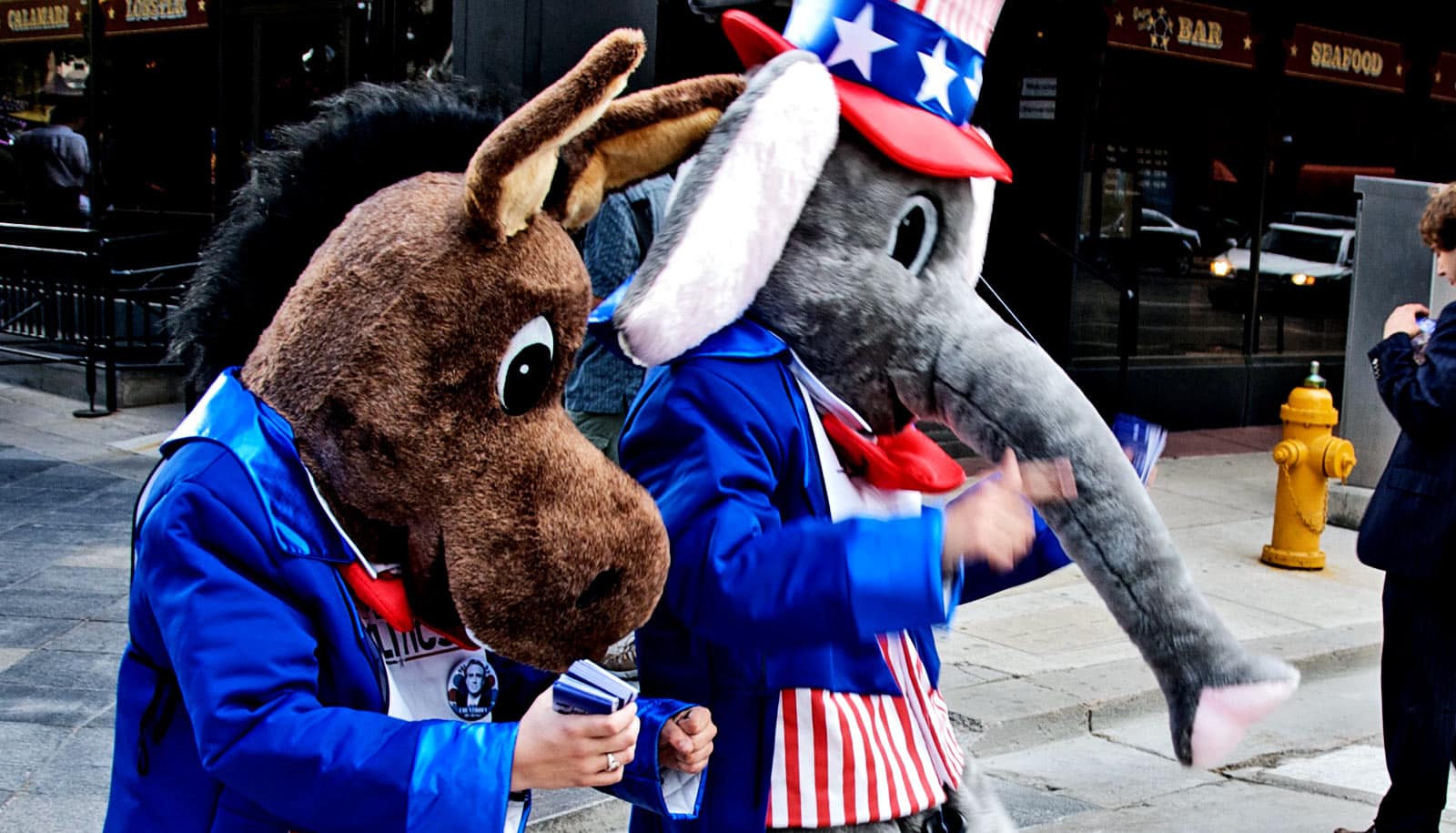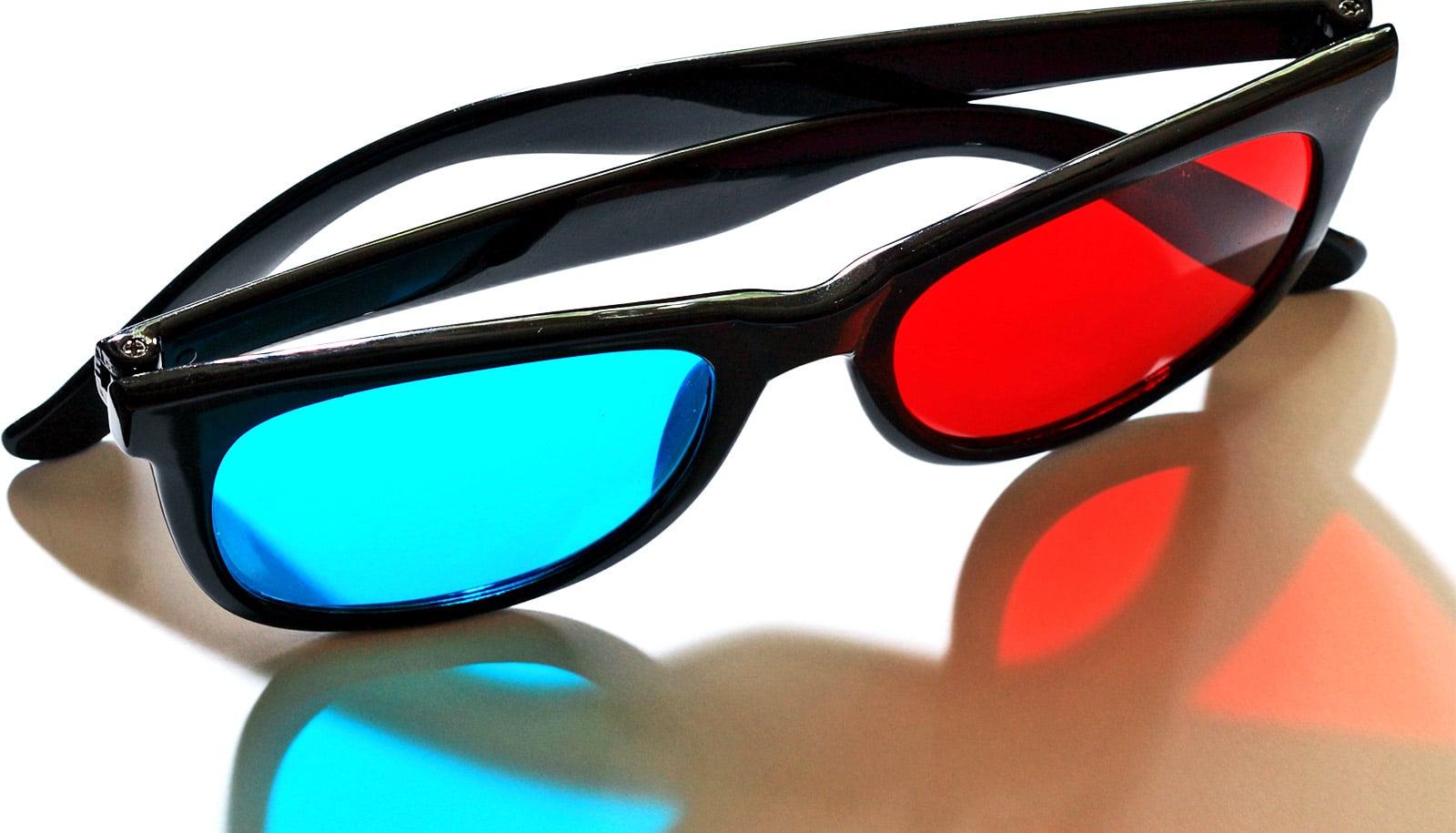Having a partisan and sometimes divisive Congress might be more productive than if bipartisan groups were the norm, according to new research.
The study used new mathematical programming models to uncover how US Senators and Representatives work together in groups, or coalitions. Looking at these coalitions allows a deeper understanding of Congress than analyzing congresspeople solely based on their parties.
“We usually think of the Congress as organized around political parties, but we found that it makes more sense to think about coalitions,” says Zachary Neal, associate professor of psychology at Michigan State University and coauthor of the study. “Coalitions are often partisan, with their members all coming from the same political party. But, coalitions can be bipartisan too. There are cases of left-leaning coalitions composed mostly of Democrats but that include some Republicans, and some cases of right-leaning coalitions composed mostly of Republicans but that include some Democrats.”
The partisanship of the largest coalition in the (A) US House of representatives and (B) US Senate, from the session starting in 1979 to the session starting in 2015. Until the late 1990s, bipartisan coalitions were common, but during the 21st century coalitions have been almost entirely partisan.
Coalitions aren’t quite as simple as political parties because members can be from either political party, explains Samin Aref, research area chair in the Laboratory for Digital and Computational Demography at the Max Planck Institute. The new models help find these coalitions of legislators that consistently work together by co-sponsoring bills, even if the legislators come from different parties.
“Most people think of all Republican legislators working together and all Democratic legislators working together,” Aref says. “We used our new optimization models to identify coalitions and then asked, ‘Does thinking about coalitions tell us more about how Congress works than thinking about parties?’ And for the House of Representatives, it does.”
The researchers applied their new models to US Congresses between 1979 and 2015 to show levels of polarization and partisanship. They then compared those findings against the effectiveness of getting bills passed.
“Congress passes fewer bills each year—you might say they’re getting worse at their most basic task—and some may argue that this is due to polarization,” Neal says. “However, partisan coalitions have actually helped the work get done in the US House of Representatives. In fact, the House would be even more ineffective at passing bills if it weren’t for the high levels of partisanship.”
Aref explains that their new models are important for political researchers because up until now, identifying political coalitions with such accuracy was cumbersome and nearly impossible. Now, they can identify groups much more efficiently and faster than what was theoretically expected.
Looking ahead—to the 2020 election and beyond—the researchers weigh the pros and cons of partisan polarization and its long-term effect.
“Partisanship may help Congress pass bills into law, but that doesn’t mean future Congresses with different views won’t overturn them,” Aref says. “So, partisan polarization may only have short-term benefits; still, the trends in our data suggest the current trend toward a divide along party lines is likely to continue.”
The research appears in Scientific Reports.
Source: Michigan State University



